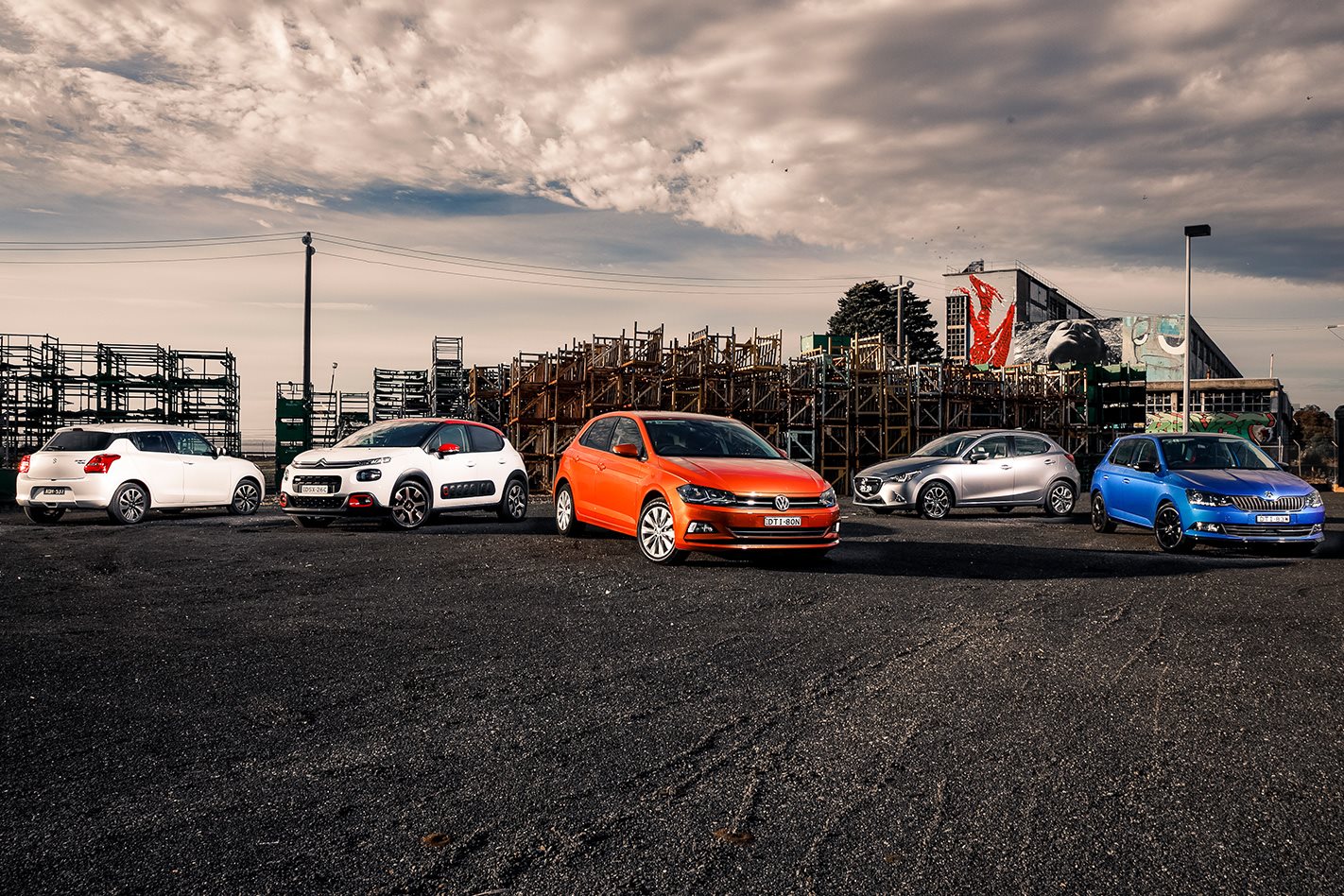
IT’S SAID that the key to happiness is the ability to find joy in ordinary things. All too often we feel pressured to be better, to go bigger, to spend more, to experience everything and we end up overlooking what was in front of us all the time. We forget how to love what we have. On the face of it, the five cars assembled here are steeped in ordinary.
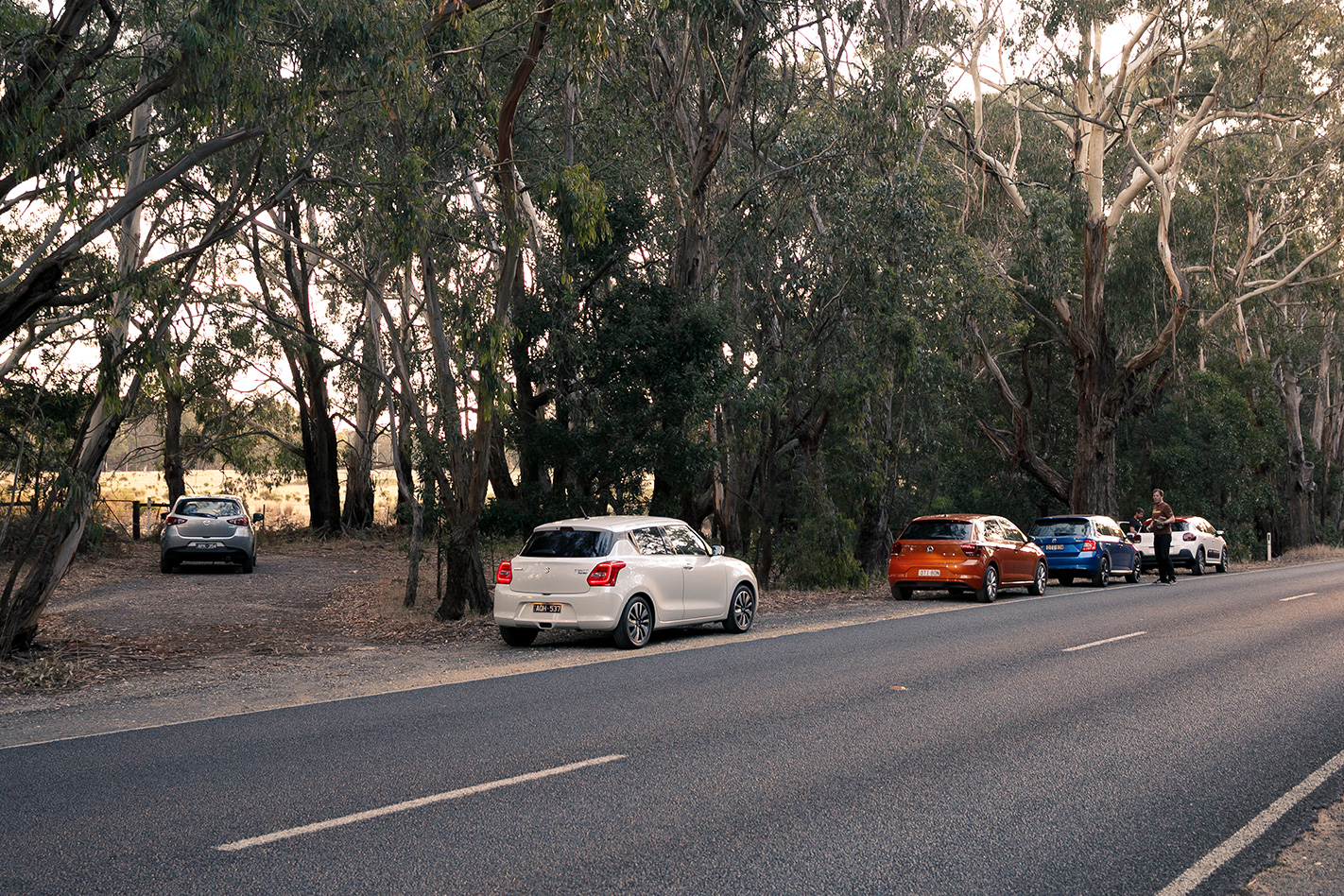
You’ll see them or their ilk every day, often bought for the practical reasons of resale, warranty, reliability and the doughty metrics of cents per kilometre. Yet scratch beneath the veneer of fiscal expediency and these vehicles do so much with so little that they are, in effect, everyday supercars. Mini decathletes that are all about managing compromise. And we can assess how effective those very human decisions have been.
The Volkswagen Polo is the reason we’ve assembled these five cars. This is the box-fresh Polo Mk6, now sitting on the MQB modular architecture and the first thing you need to know about it is that it’s big. Physically, its exterior dimensions are almost as large as a Golf Mk4, but lessons learned in how to package cars over the last couple of decades means that there’s considerably more legroom, headroom and luggage space than in the millennial Golf.
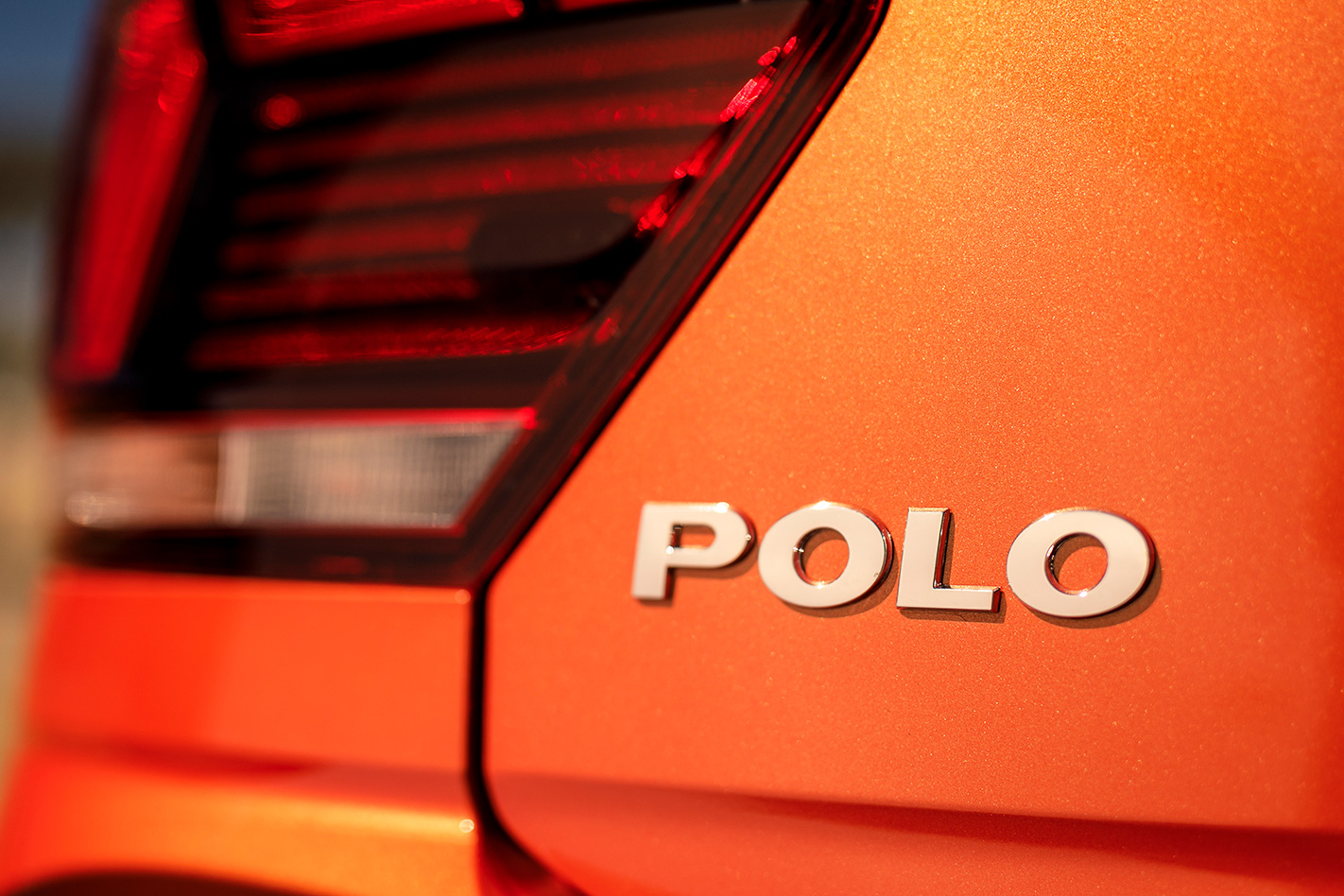
This is the $22,990 Launch Edition with the 85TSI three-pot engine and DSG gearbox and, like the rest of the cars here, it’s pitched at the upper end of the range, tucking in beneath the sports flagship variants. This Polo is big news for Volkswagen too. The company has now sold over 150 million vehicles, and with more than 14 million sales since it was launched 43 years ago, the Polo, which began life as an Audi 50, now represents almost 10 percent of all the cars Volkswagen has ever sold.
Here in Australia, a market that’s traditionally been leery about small cars, the Polo now accounts for around 20 percent of all Volkswagens sold.
This is also our first opportunity to sample Citroen’s bold third-generation C3 on Australian roads. It’s been on sale in Europe for a couple of years and the handover of the French marque’s importation franchise from Sime Darby to Inchcape has seen the C3 get a belated green light for our consumption. It’s been a sales success in Europe, shifting 100,000 units in its first six months on sale, which compares with 300,000 per annum for the top-selling Polo, but it’s more than 10 percent cheaper than the Volkswagen over there.
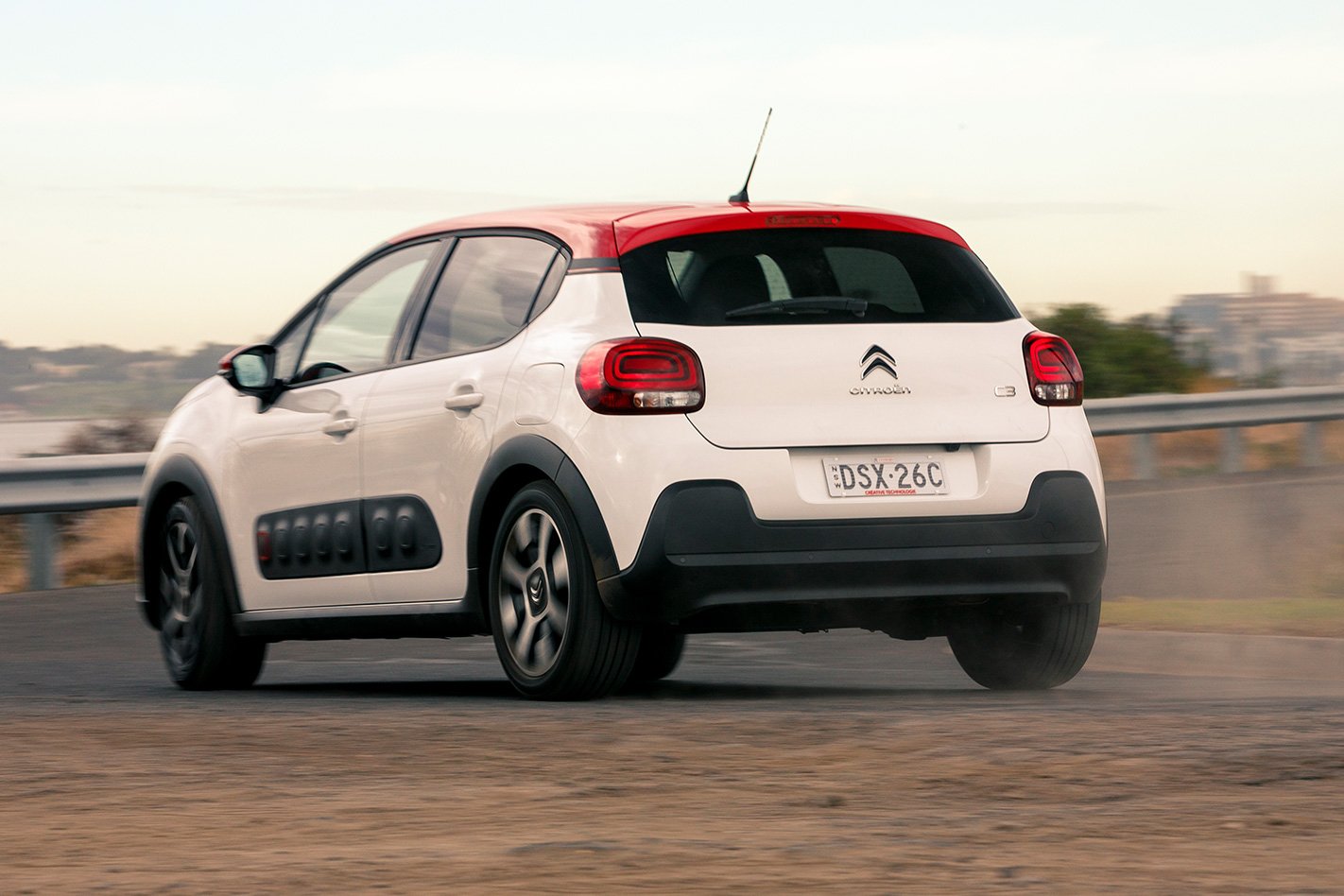
Here it doesn’t enjoy such a pricing privilege, so it’ll be interesting to see if it can level with the Polo on its own mettle. As it stands, the C3 is only offered in 81kW Shine trim, priced at $23,490.
Suzuki’s Swift made it into the pointy end of Wheels’ 2018 Car of the Year shebang, its chances of a win ultimately dented by Suzuki Australia’s decidedly odd trim walk-ups. Perhaps here in 82kW GLX Turbo guise, wearing a bargain $22,990 drive-away sticker, it can gain redemption. The other pair are likely to be more familiar still to Wheels readers. The Mazda 2 has long been a favourite with Aussie buyers, and enjoyed a refresh early last year that majored on trim upgrades.
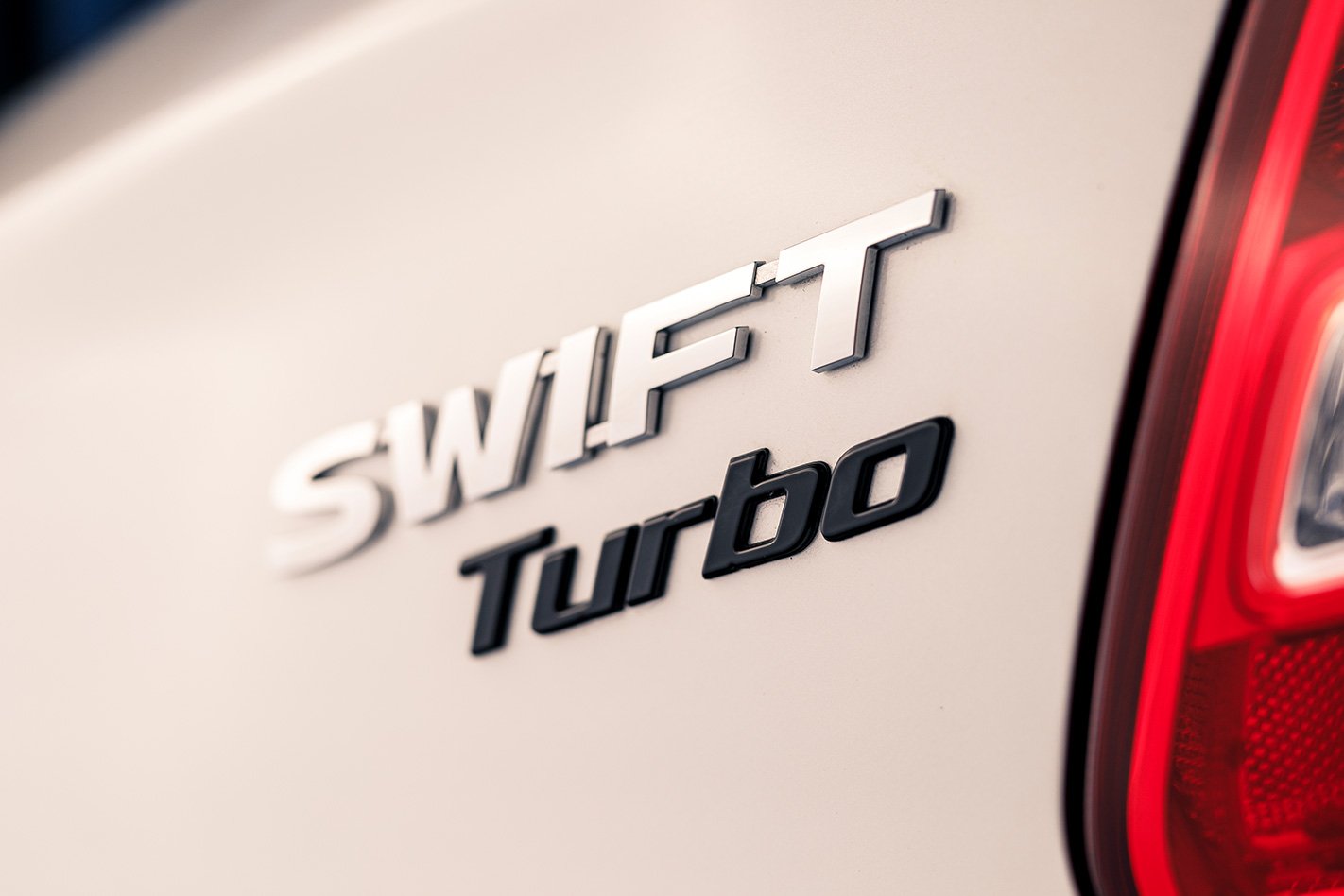
This third-gen car debuted in 2014, and is built on completely different underpinnings to the second-gen car that was first revealed in 2007, despite sharing its curvy form factor. This continuity of look has ensured continued sales success, on its own easily outselling the rest of this field put together, although its volume has largely been accounted for by the value-packed Maxx model. It’ll be interesting to see whether the $23,680 GT trim lifts the little 81kW Mazda out of its comfort zone.
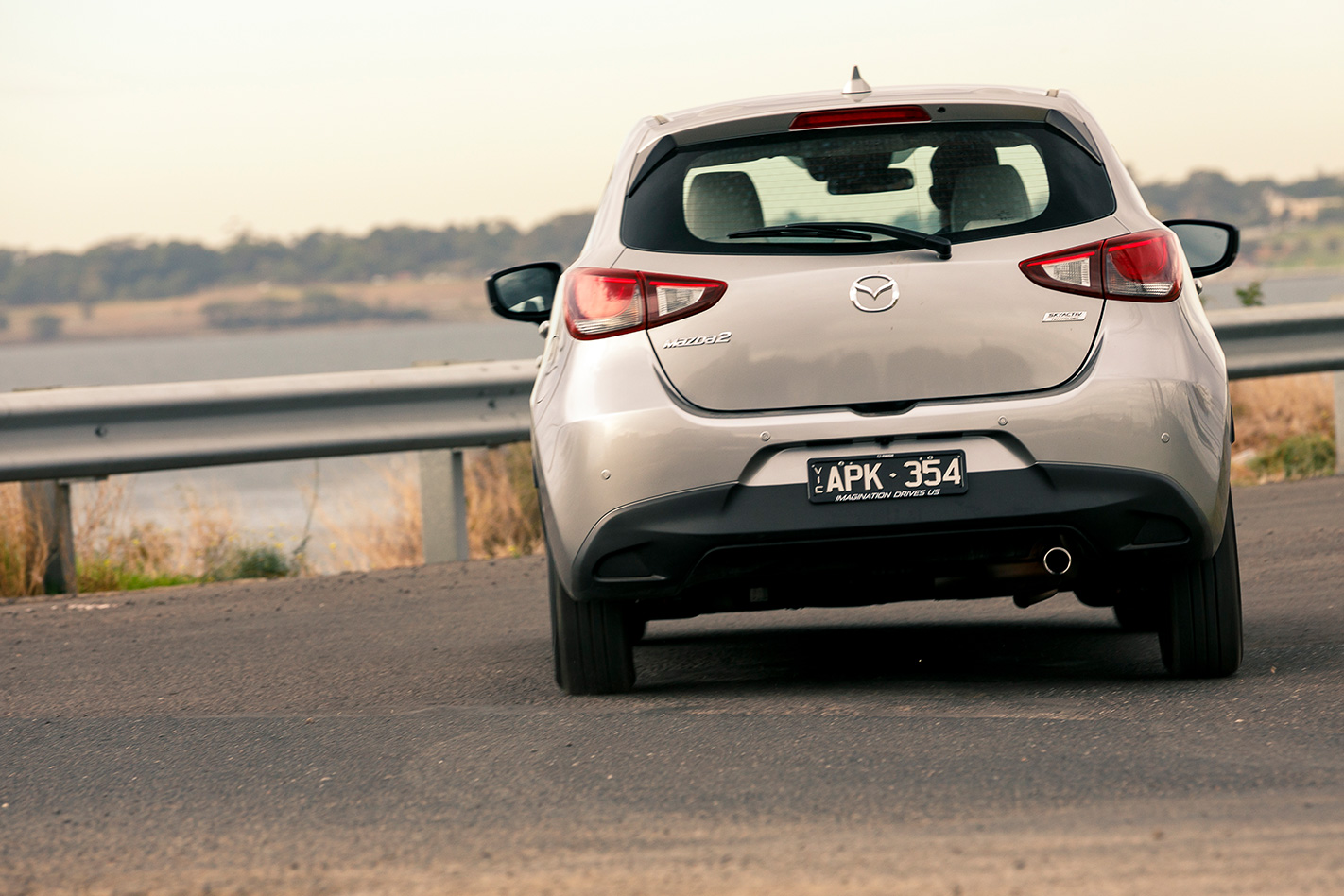
Finally there’s Skoda’s Fabia Monte Carlo, yet another car with 81kW under the bonnet. It’s of similar vintage to the Mazda having gone on sale here in 2015. Unlike its Polo cousin, the Fabia doesn’t get the slick MQB chassis, instead riding on the previous-gen Polo’s PQ26 underpinnings. This car wears a retail price of $23,990, making it the priciest of the bunch, an issue compounded by this particular vehicle’s Tech Pack and metallic paint lifting it to a hefty $26,290 before you’ve factored in on-roads.
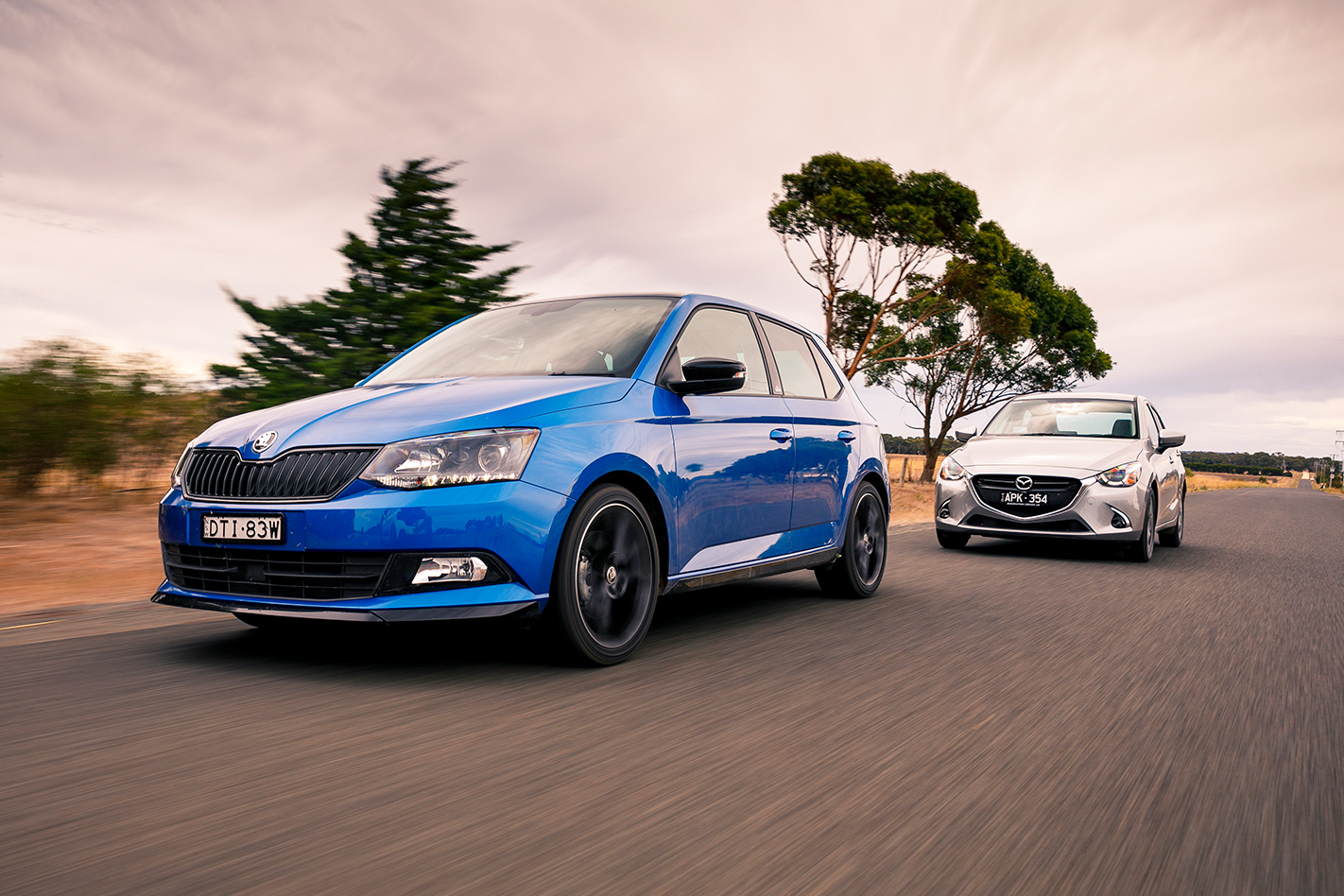
Park the five together and there’s really only one car that’s an instant attention seeker. The Citroen C3 kicks the buttoned-down conservatism of this class squarely in the dusters, offering elements of the quirky Cactus including deformable side Airbumps, an almost MPV-lite proportioning, and an unflinching commitment to rejecting the status quo.
Inside and out, there’s always something for your eye to alight on, from the bold 17-inch alloys, to the floating red roof panel, the leather door pulls, the massive lazy-boy front seats, the steering wheel with chubby horizontal spokes, you name it. It’s almost as if the C3’s designers tried to reinvent the aesthetics of everything. It’s ambitious if nothing else.
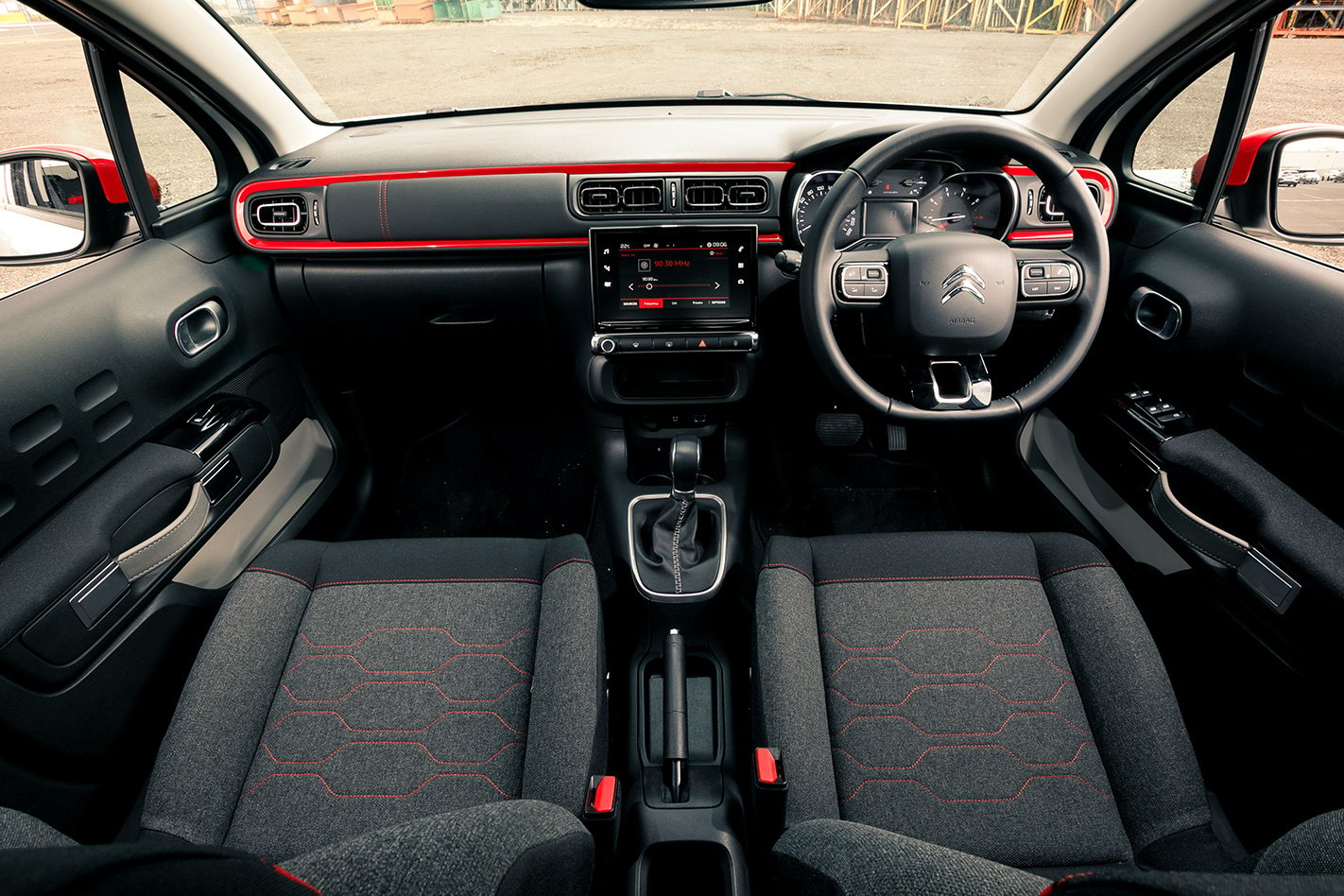
That’s never a word you’d use to describe the design of Volkswagen’s Polo Mk6. I think there’s a delicacy of line and detail about it, but I was in the minority there. A minority of one. Every other tester was disappointed by its lack of adventure, the bloated rear end coming in for particular disdain. I liked the canted C-pillars, although couldn’t help wondering whether designer Klaus Bischoff had been inspired by the Austin Princess when he settled on their angle. Probably not.
The chiselled bonnet, the defined shoulder line that runs through the door handles and the way the grille detail carries through the headlamp pod are all deft touches. That said, examining the colour options for the Polo suggests that it’ll hardly jump out at you. This ‘Energetic Orange Metallic’ confection aside, you get to choose between white, grey, silver and black.
That hardly makes the most of the option of having a body-coloured dash insert. As is becoming the norm with light hatches, the choice between a three- or five-door body style has been quietly shelved with all Polo Mk6’s being family-friendly five-door variants. It hides its increased dimensions well, the kammback silhouette reminiscent of the old Mk2F Polo G40.
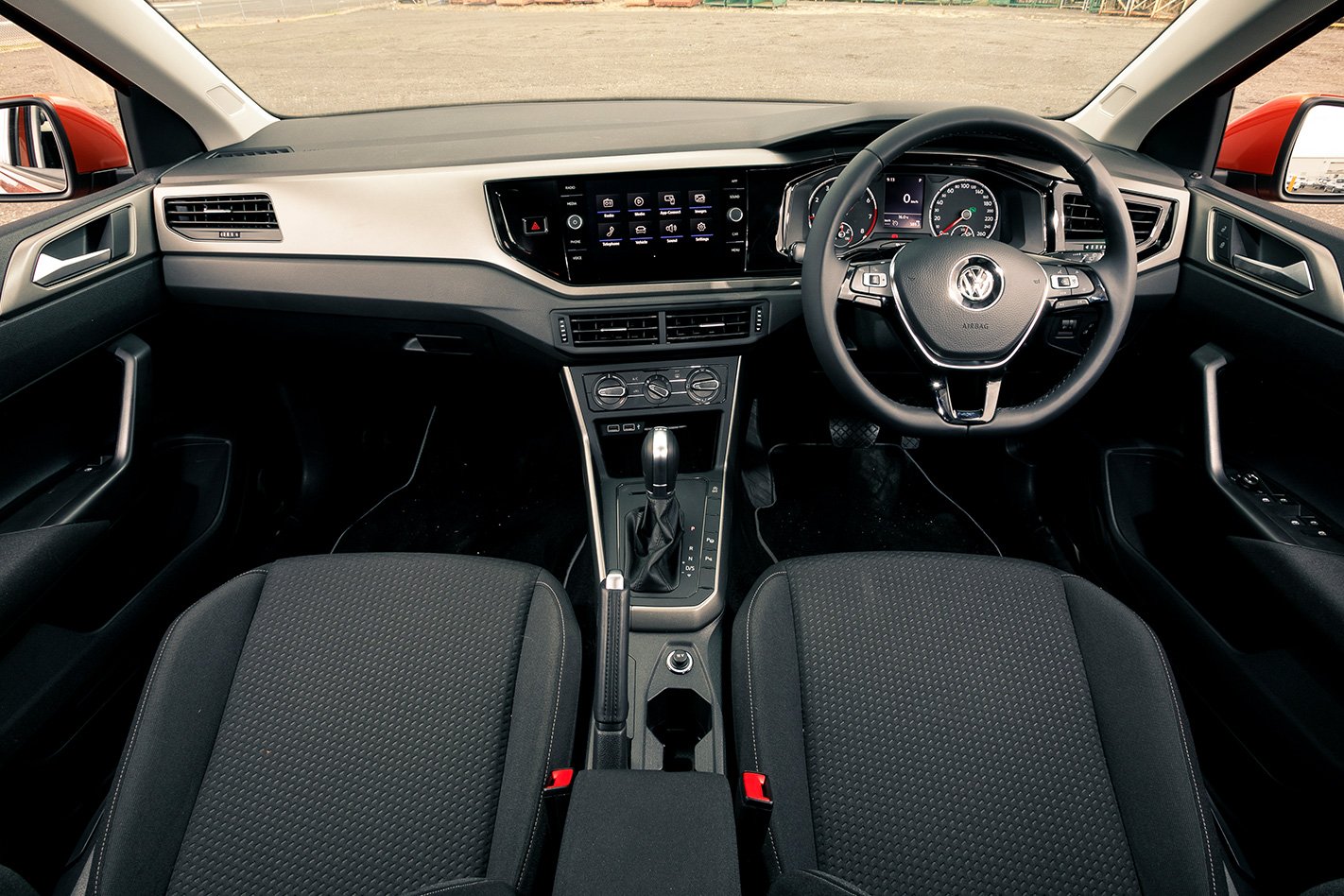
Drop inside and you’re greeted by a big Golf-style integrated touchscreen that flows into the trapezoid-shaped dash insert, finished in this car in inoffensive grey. The trapezoid trope recurs throughout, and includes elements such as the door pulls, the HVAC controls and the screen surround.
It’s rare to find German brands doing whimsical or light-hearted design, largely because they’re so terrible at it, and the Polo’s hexagonal-shaped cupholders between the seats just look a bit odd. It’s also strange to get manual air-con controls with no option of climate control in this Launch Edition, when the new GTI gets a digital system that delivers a far more coherent look and feel.
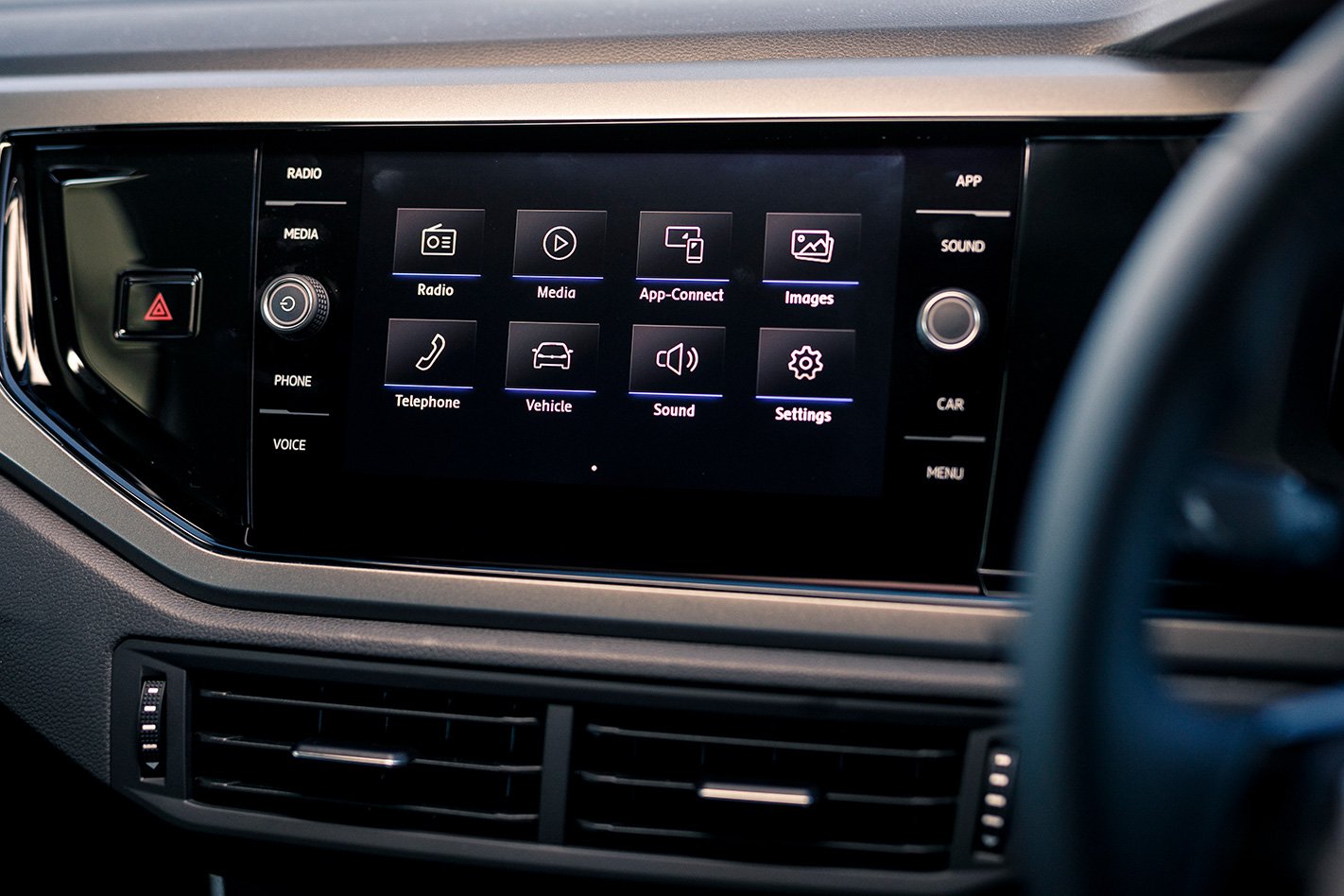
After the soft-touch, feel-good sheen of the Polo, the Swift’s cabin feels like something from a class below, perhaps unsurprising given its pricing. Scratchy, cheap-feeling plastics, air-con ‘dials’ that prove to be merely fixed plastic housings and a centre screen that flatly refused to connect to Android Auto aren’t anybody’s idea of showroom surprise and delight, but look beyond that and the Swift’s qualities aren’t hard to appreciate.
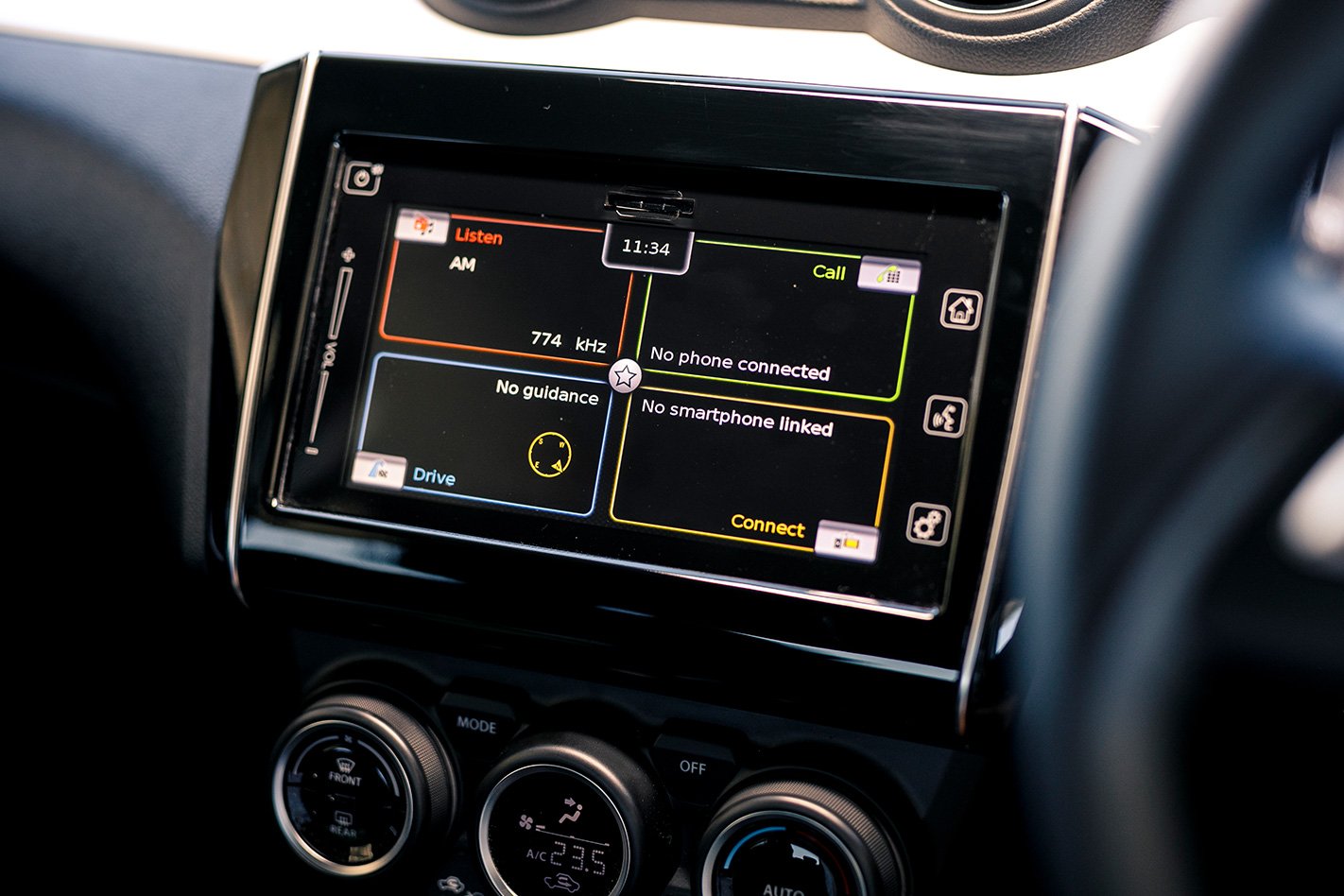
There’s a lovely steering wheel, decent pedal positioning and the packaging in the passenger cell is amazingly good, offering comfortably the most rear passenger room of any car here, even bettering the supersized Polo. Of course, that space isn’t magicked out of thin air and, in this instance, comes at the expense of boot space, the Swift’s meagre 242 litres utterly outclassed by the Volkswagen’s cavernous 351-litre cargo bay.
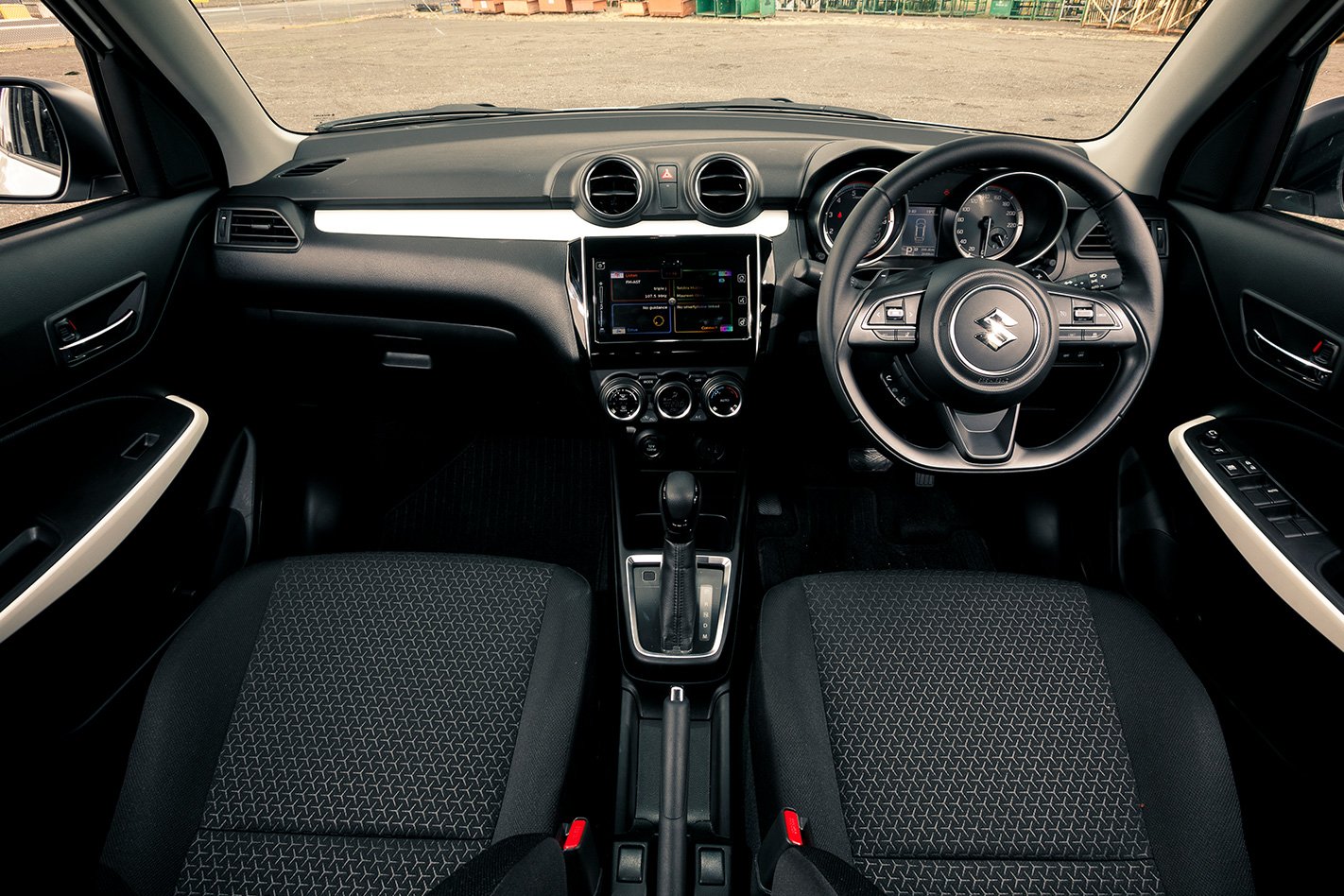
The Fabia Monte Carlo gets a pair of huge, luridly striped grey, red and black sports seats that dominate the cabin, yet complement the chubby perforated leather steering wheel and alloy pedal set. Skoda is intent on beating you over the head with some rather heavy-handed branding too, with Monte Carlo logos on the hatch, side windows, sill plates and the multimedia screen, despite this being a mere trim level rather than a hotted-up version. Your mileage may vary on whether this pays sufficient deference to Skoda’s rallying heritage.
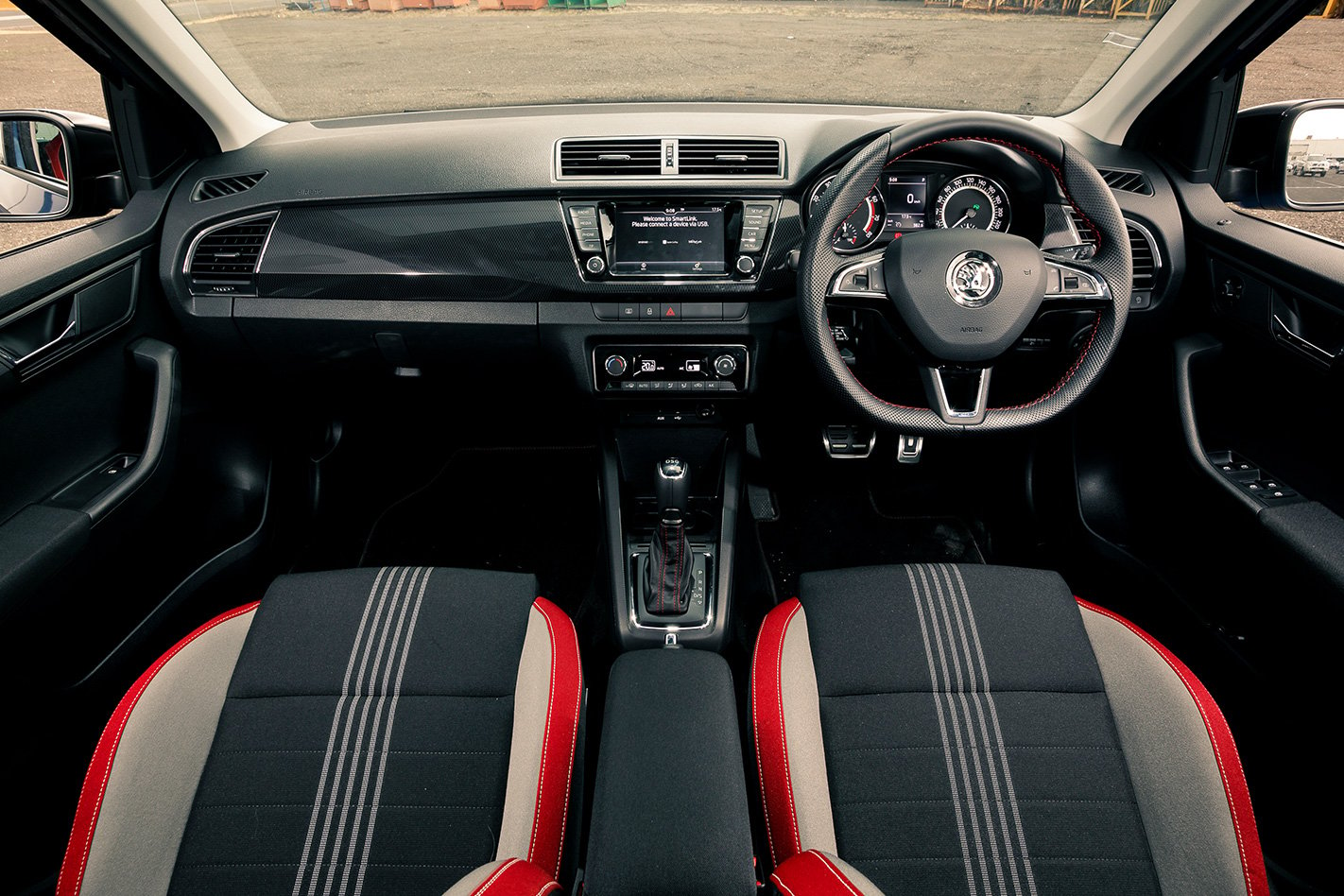
The massive front seats compromise rear space and the double-pane, full-length glass roof is either a blessing or a curse, depending on how you view these things. The dash treatment is clean and cohesive although switch blanks show where you miss gear such as seat heaters.
Then there’s the Mazda 2. It feels small, largely because it is narrower than the others, despite featuring the longest wheelbase here. Compared with the Genki upon which it’s based, this GT trim adds 16-inch machined silver alloys and an absolute riot of soft-touch pure white leather inside with neat contrast stitching. Think of the albino cows. Unlike some of the other cars here, the Mazda feels as if it’s had every option thrown at it, without a switch blank in sight and the cosmetic upgrades are fairly well integrated.
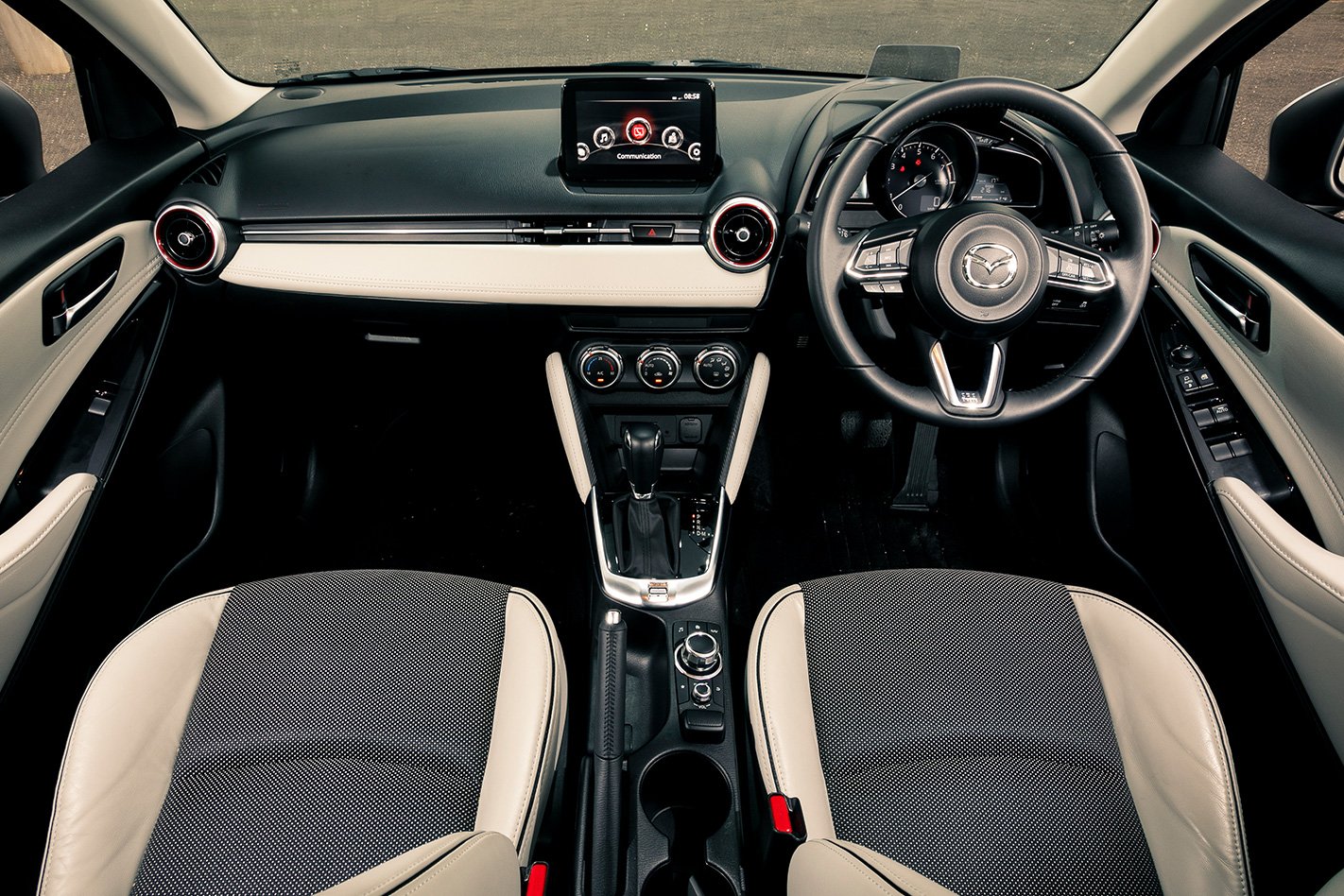
Pedal it down a country road and, despite the tale of the tape, its wheelbase feels nervously short. We’ve covered many miles in the Mazda 2 and it’s traditionally been positioned as the light car of choice for those who want something fun, reliable and affordable. Yet the 1.5-litre atmo engine now sounds uncouth and is lacking in herbs, posting the slowest, or joint slowest, times to 100km/h, through the 80-120km/h benchmark and standing 400m.
Its cause isn’t helped by the dismal Dunlop Enasave rubber, while the default transmission calibration feels flabby. Switch to Sport and it tries to keep revs above 4000rpm at all times. That’s fine if you’re barrelling through corners, but if you’re just looking to make respectable cross-country progress it soon becomes tedious on straights.
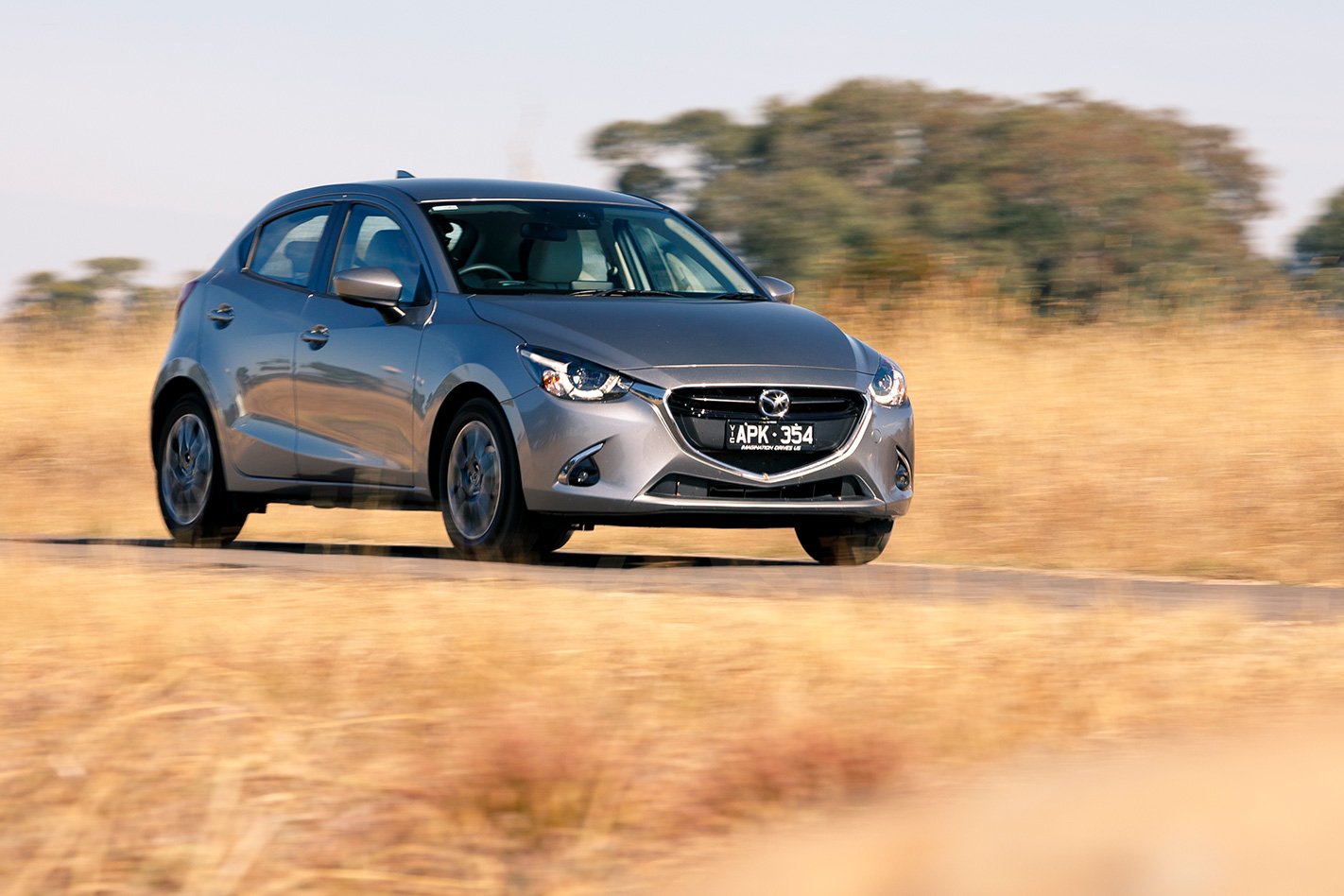
Should you feel compelled to give the shift lever a prod to rectify this, you’ll be delighted to discover it downshifts when you push it forwards (like the Citroen). There are no paddles, but you do get a pop-up head-up display, supportive seats and a great steering wheel. The driving position is good and ride quality isn’t bad given its modest wheelbase, but start covering some miles in the Mazda and it feels as if you’re rowing it along a bit. In many regards it feels an old-school light car that’s happiest jinking about town, squeezing into tight parking slots and revelling in its ability to shrug off neglect.
The Fabia’s virtually on par with the Mazda across 400m, pipping it by mere hundredths, although much of that is down to the Skoda’s gearbox, which is unable to hold revs at launch. The Czech car is otherwise at an advantage in this company by dint of the fact that it wears the most focused rubber (Bridgestone Potenza RE050As), but its tyres can’t cancel out the shortcomings of its damper tune.
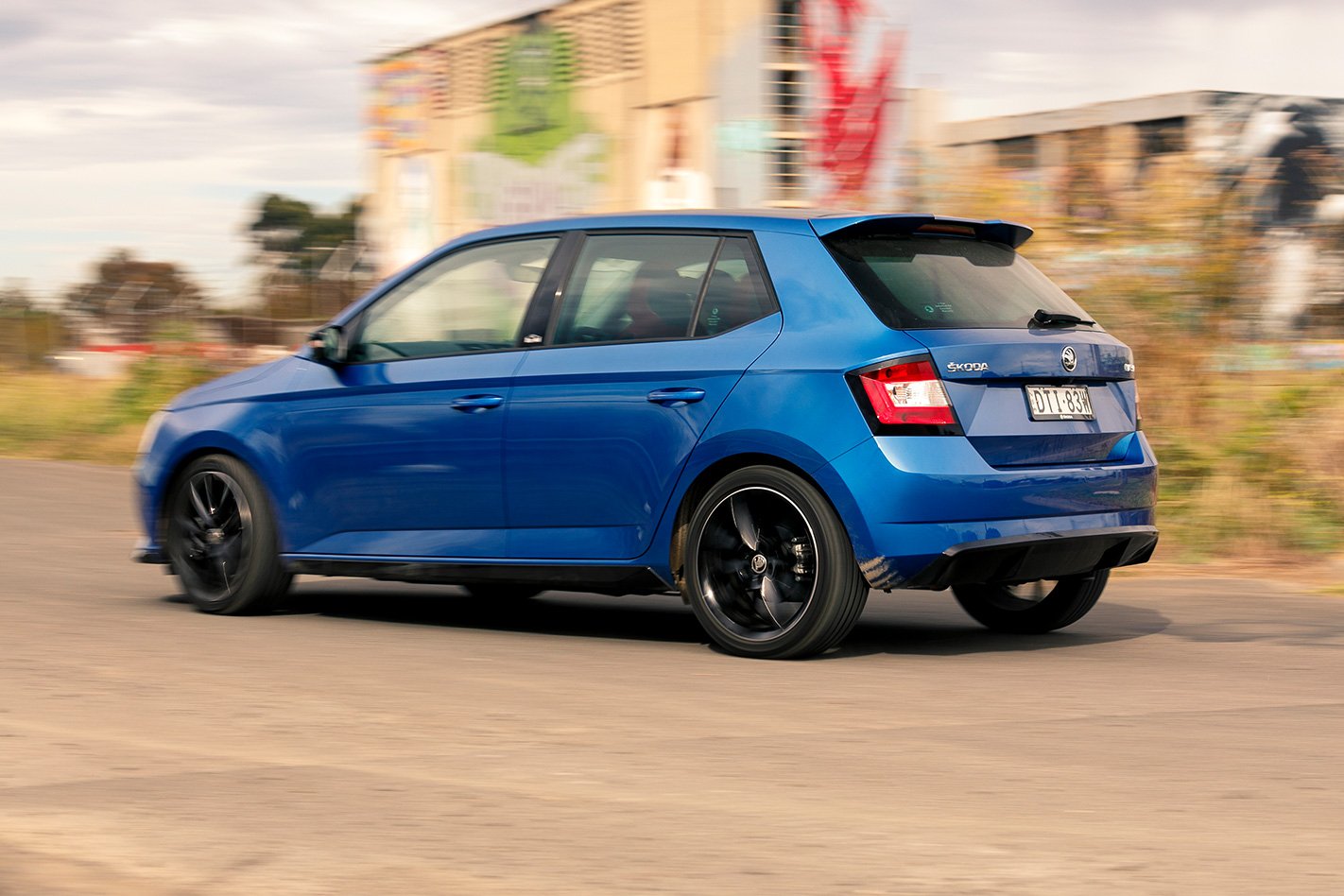
One or two up, the Fabia can feel flinty in its responses, as if it needs more sophisticated valving in its dampers. Put a couple of big lugs in the back seats and it irons out surface imperfections well. That compression damping issue rears its head when cornering the Skoda hard, as it transfers weight rapidly to its outside front tyre, often incurring a scratchy ESP intervention. That’s a shame as brake pedal feel is excellent and the engine seems vaguely indestructible, with great throttle response.
Wind noise is the worst of this group, especially around the mirrors, and it occasionally feels as if there’s a faint pressure oscillation in the cabin; a mild version of what you get if you open one window at speed. The secondary ride suffers from a pattering on anything but a smooth road, and we found that the backrest adjustment on this test car gradually migrated to full-on recline if you traversed bumps. Even in Sport, the transmission upshifts at little more than 5000rpm, blithely ignoring the last thousand revs available.
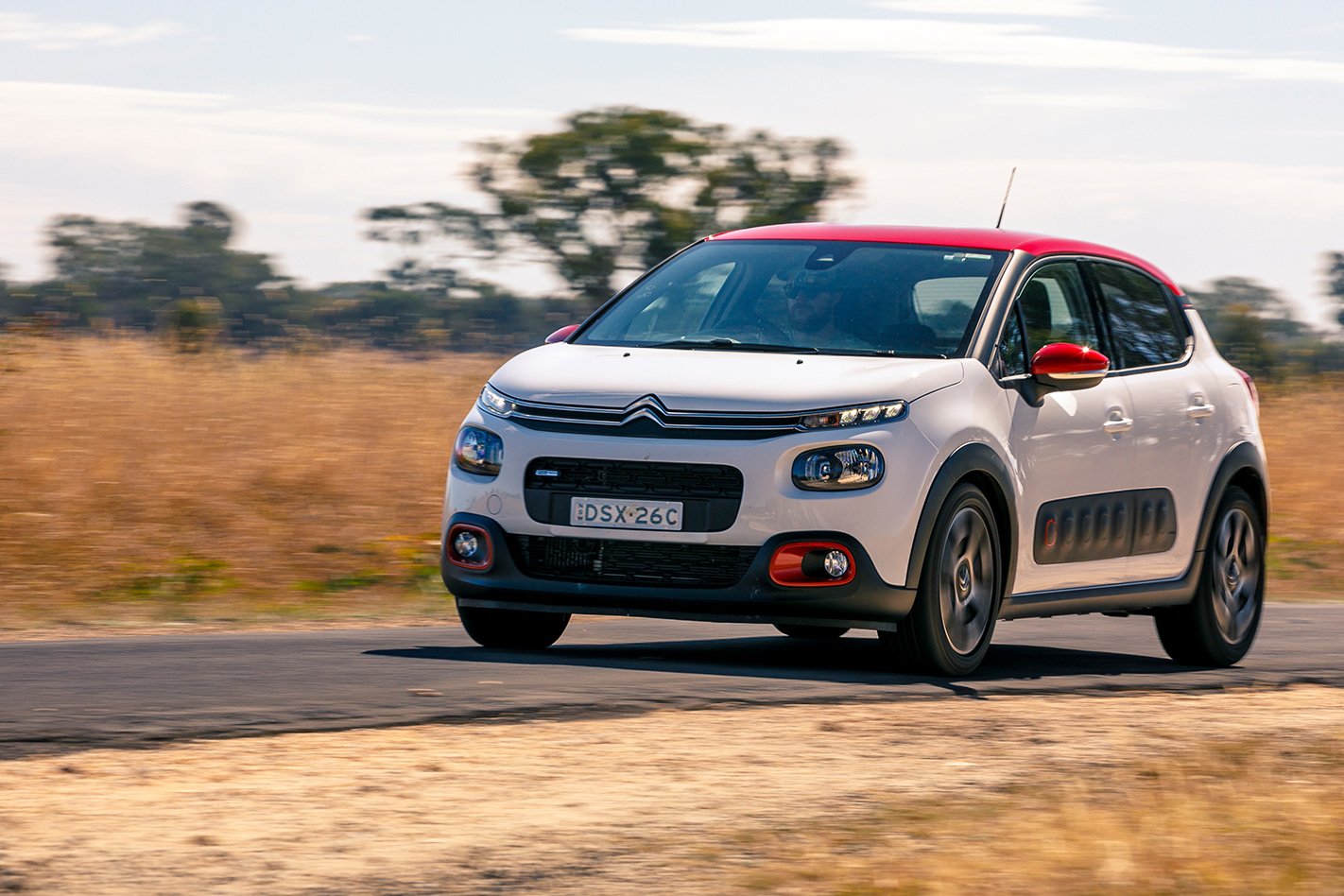
If the Fabia disappoints because its focus doesn’t live up to its motorsport sell, the Citroen C3 is quite the opposite. You expect this thing to be about as sporting as shooting fish in a barrel, partly because it has the best ride quality of the group. The cynical among you might well realise that the C3 rides on the PSA PF1 platform, which dates from the first-gen C3 of 2002, and that softening everything off and promoting its ride quality is merely a way of hiding the dynamic shortcomings of an outdated chassis.
And you’d be right. That said, in offering a key point of difference, and an important one, the Citroen certainly carves out a niche as a comfy, long-distance plodder. A lack of modern electronics like active cruise control and AEB takes the shine off the Shine’s interstate credentials a little, but the fabric seats are fantastic, the ride cosseting and, when you show it a corner, it’s a lot more composed than you’d expect. In other words, this ageing Citroen has a wholly acceptable ride/handling balance.
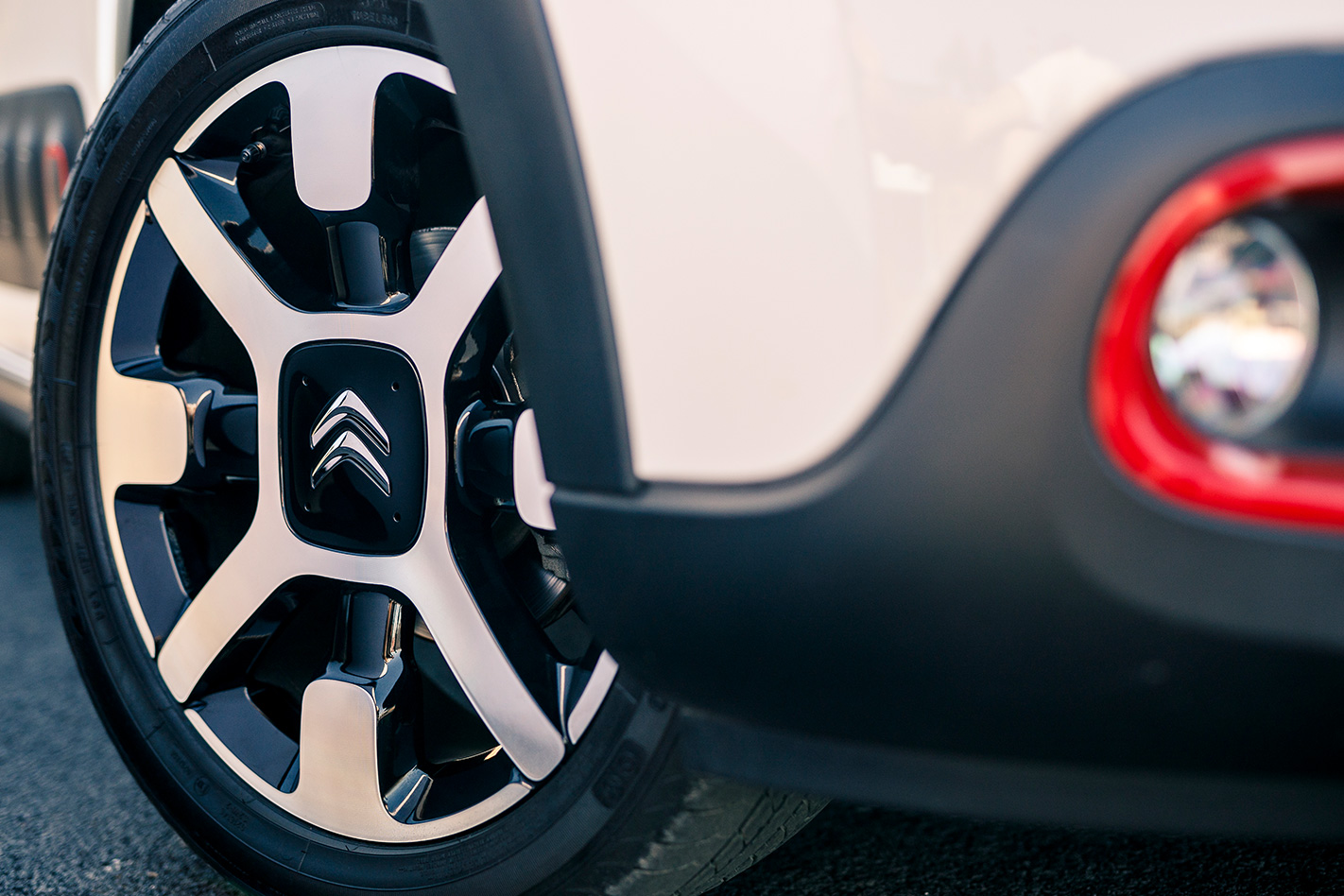
It’s not particularly quick and there are all manner of quirks, such as the neurotic idle-stop with its kill switch in the infotainment menu structure and propensity to snatch at the wheel when it shuts off, the glovebox that’s full of fusebox, the default transmission calibration’s ability to plug you into third gear at 800rpm, the shoddy ergonomics of stalks and cruise control lurking out of sight behind massive steering wheel spokes and the Sport button located in the guts of the fascia where you’d normally find USBs, fluff and lost gummy bears.
The development of smartphone mirroring must have been a bolt of salvation for French manufacturers too, who suddenly had a Plan B for those who found their infotainment systems impenetrable. You’ll overlook all of that for the C3’s charming demeanour and relaxed ride. It’s genuinely a delightful thing to schlep along in.
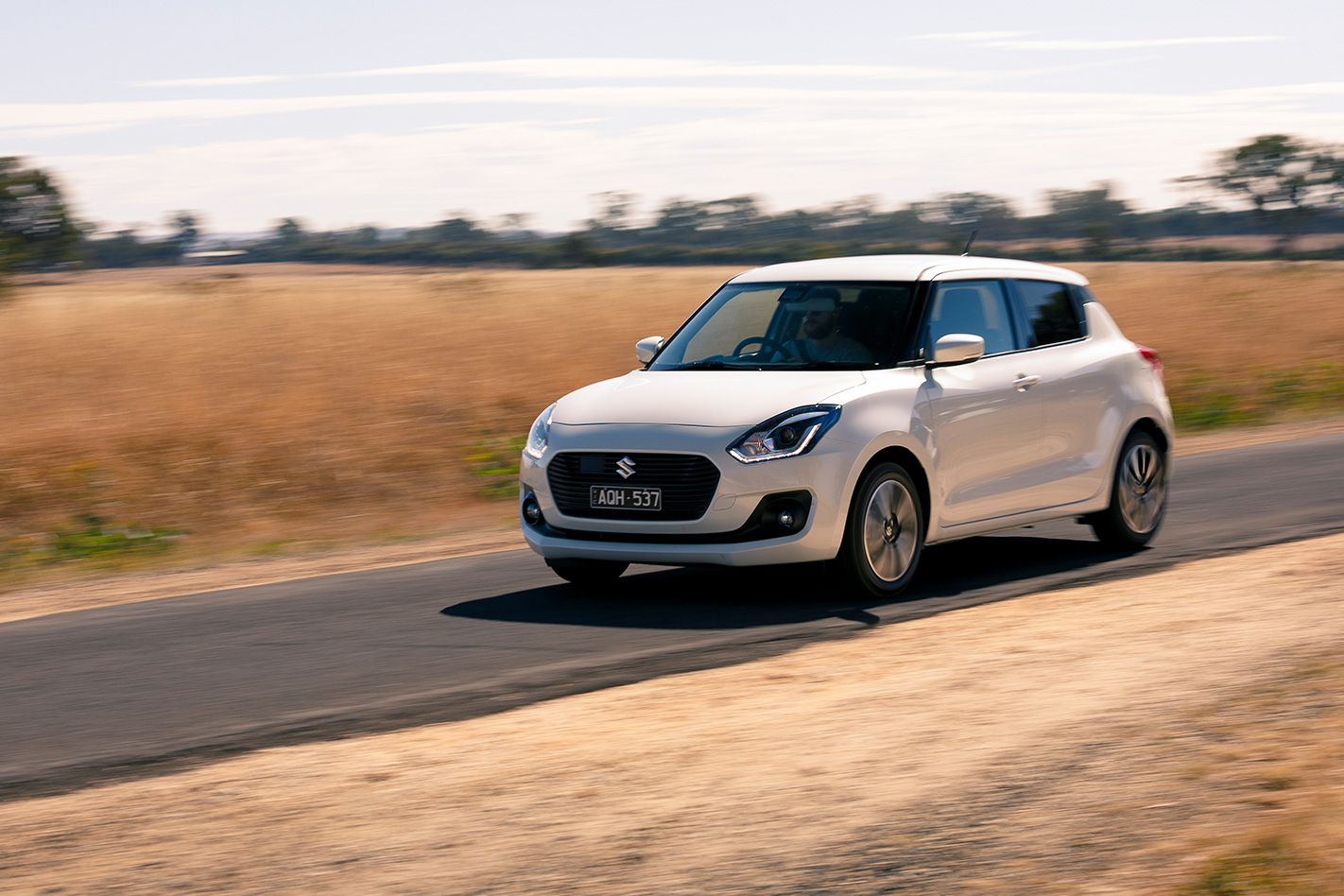
The Suzuki Swift GLX Turbo feels the quickest of this bunch, with an overtaking punch beyond the ken of any of its assembled rivals. It’s largely prescriptive insofar as it has no drive modes whatsoever, which quells any residual mode anxiety. The gearshifter drops all the way back into ‘M’ rather than ‘D’ which is a curiosity, but even in manual mode it will upshift and downshift for you, so think of it more as a Sport setting for the transmission. The engine’s response feels the most turbocharged of our contenders, offering a fat, boosty ladling on of torque from around 1800rpm that allows it to cover ground effortlessly, although a car that’s this good to drive deserves a better tyre than the Bridgestone Ecopia EP150.
If it wore Potenzas like the Fabia, the Swift would undoubtedly be the most exciting of this group. The steering feels alive with plenty to signal the limits of grip, although there is the occasional instance of rack rattle. The car feels foursquare and fighty, but the downside to this is a niggling ride quality and a tendency to crash through compressions and lateral ruts, sitting down hard at the back. In some regards the damping’s rough edges feel like the Skoda’s, but the Swift delivers a lot more in the way of fun, which buys it a lot of credit.
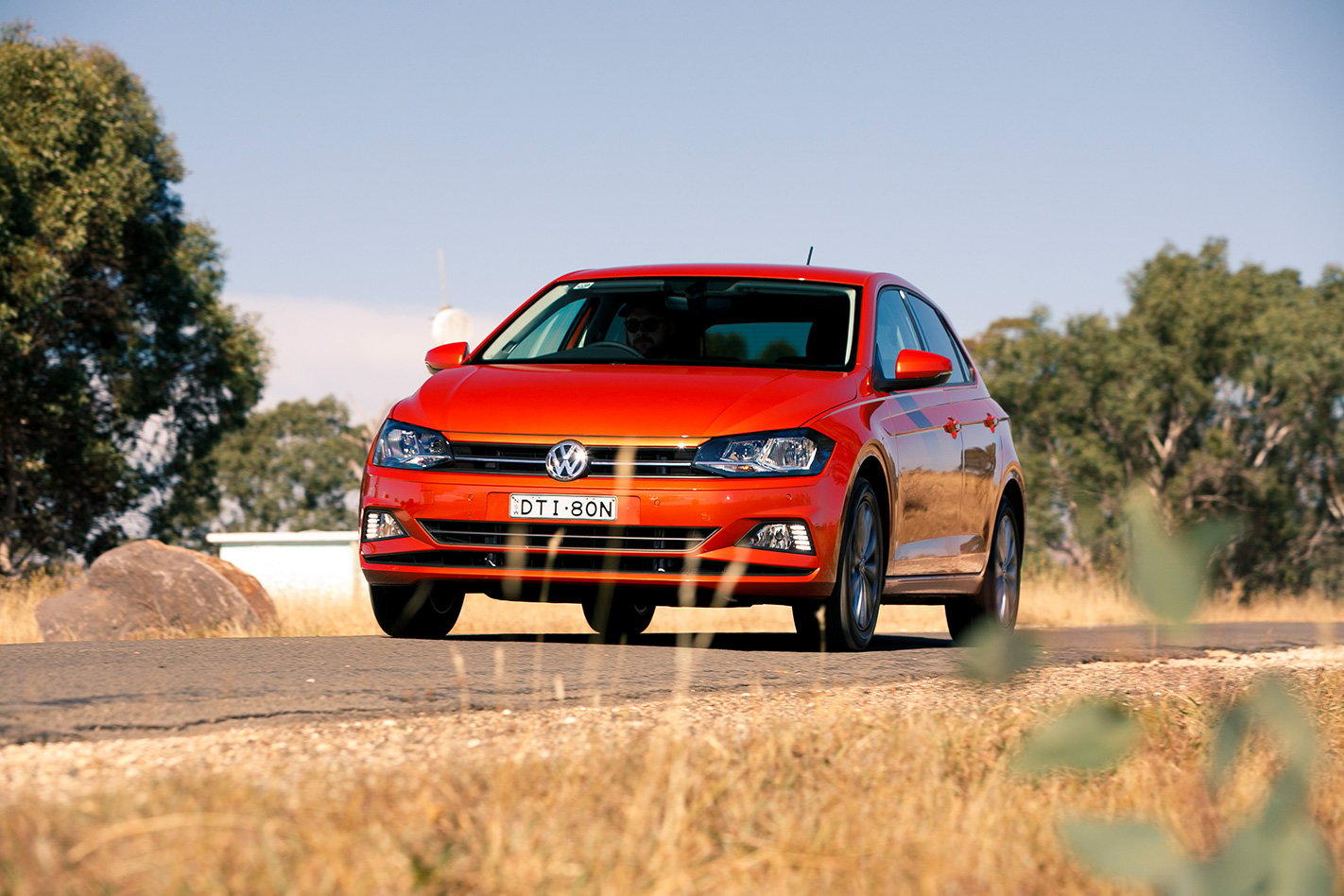
As good as the Swift is, the Polo makes it feel a bit crude. So polished is the Volkswagen’s ride quality, control weighting, damping, steering, throttle mapping and transmission calibration, in Sport mode at least, that it feels almost Golf-like in its unflappability. Corners that would have the Swift’s wheel twisting and writhing in your hand are imperiously swatted by the Polo. An unexpected bonus is that the three-pot engine sounds so thrummy and characterful at the top end too, bringing a welcome dose of attitude to the otherwise buffed to a sheen Volkswagen.
Faults? Not too many really. The standard transmission calibration in ‘D’ is just too lazy, upshifting too keenly and capable of creating heart-in-mouth moments when you pull into fast-moving traffic. Best stick to Sport. Then there’s the nagging question of the DSG’s durability compared with the reliability of a torque converter automatic.
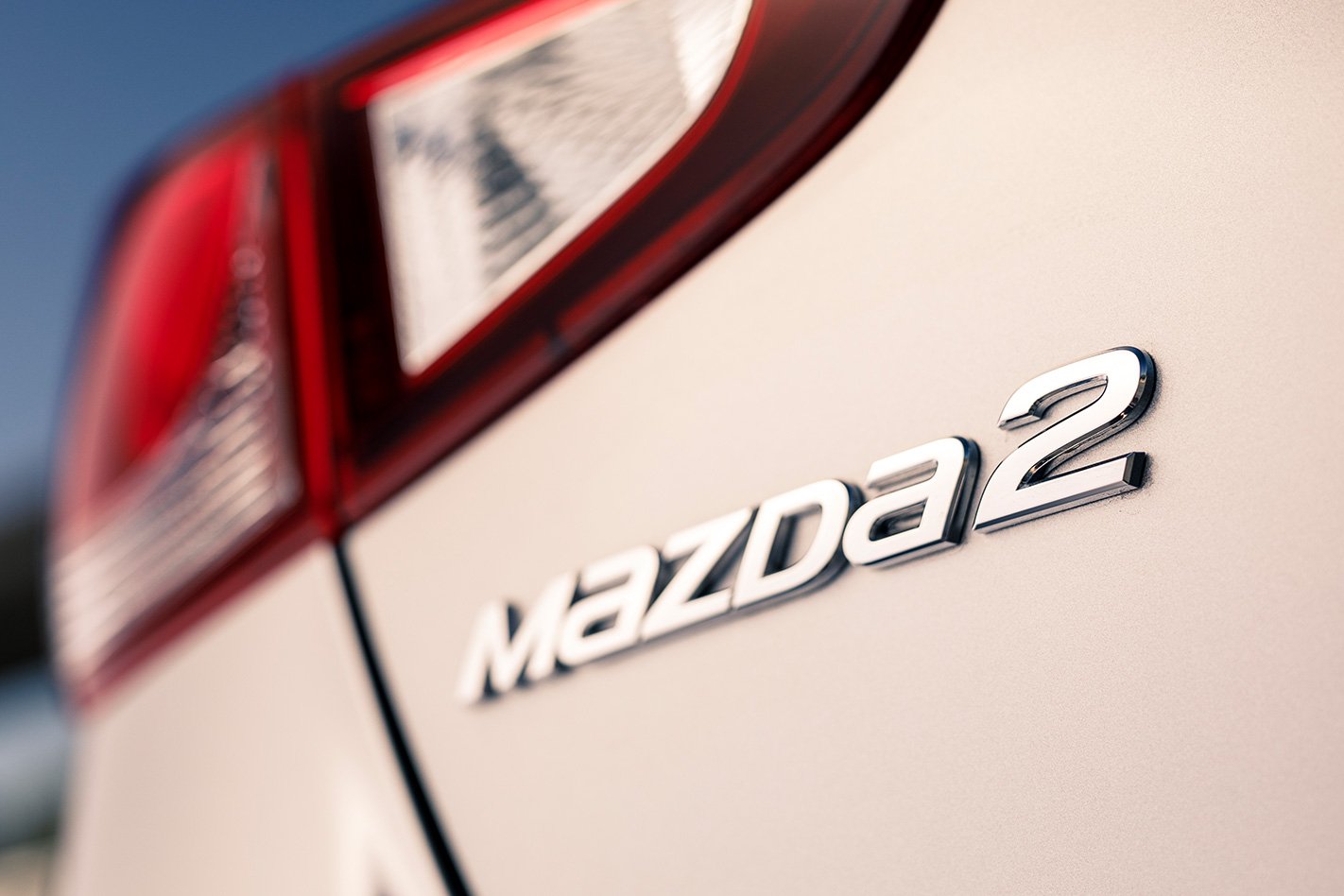
So the finishing order? The Mazda 2 has to finish last. It’s cramped and slow and it feels as if much of the market has passed it by. It used to be a podium shoo-in, but it has retained a dated form factor and not kicked on adequately as newer and more capable rivals have successively relegated it down the pecking order.
The Fabia Monte Carlo puts in a solid showing, ultimately let down by a jittery ride, a value proposition that doesn’t quite gel and a series of calibration decisions that take the edge off what is a fundamentally capable car.
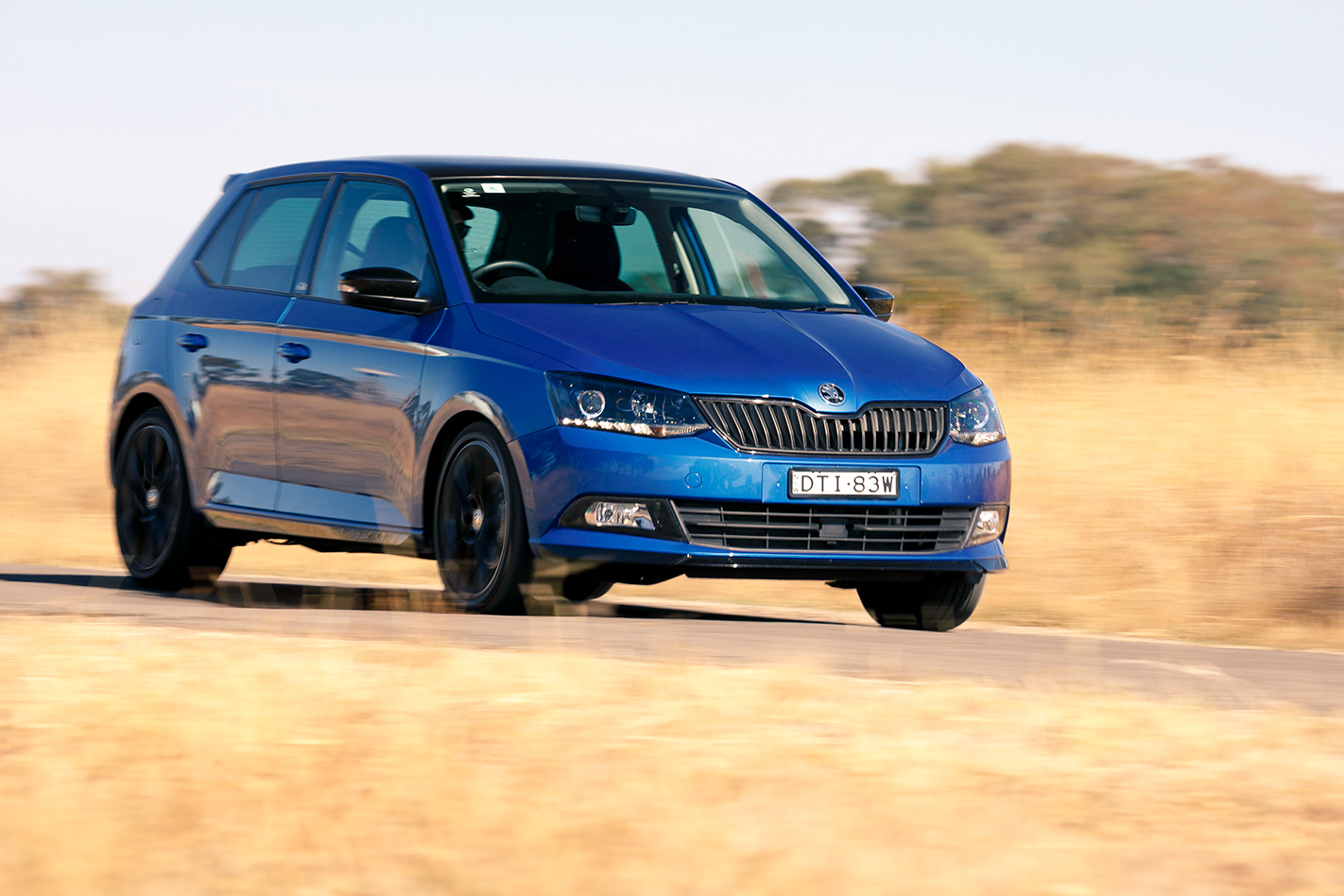
It feels about right to place the polarising Citroen C3 in midfield. It rides sweetly, looks like nothing else, is full of bold ideas and covers miles so effortlessly. The hard plastics, so-so fuel economy, packaging compromises and fundamentally ancient chassis curtail its chances of going any further here, but a five-year warranty could well take the edge off any residual reliability or value concerns. The Swift is another car with notable flaws that is so likeable that it does well.
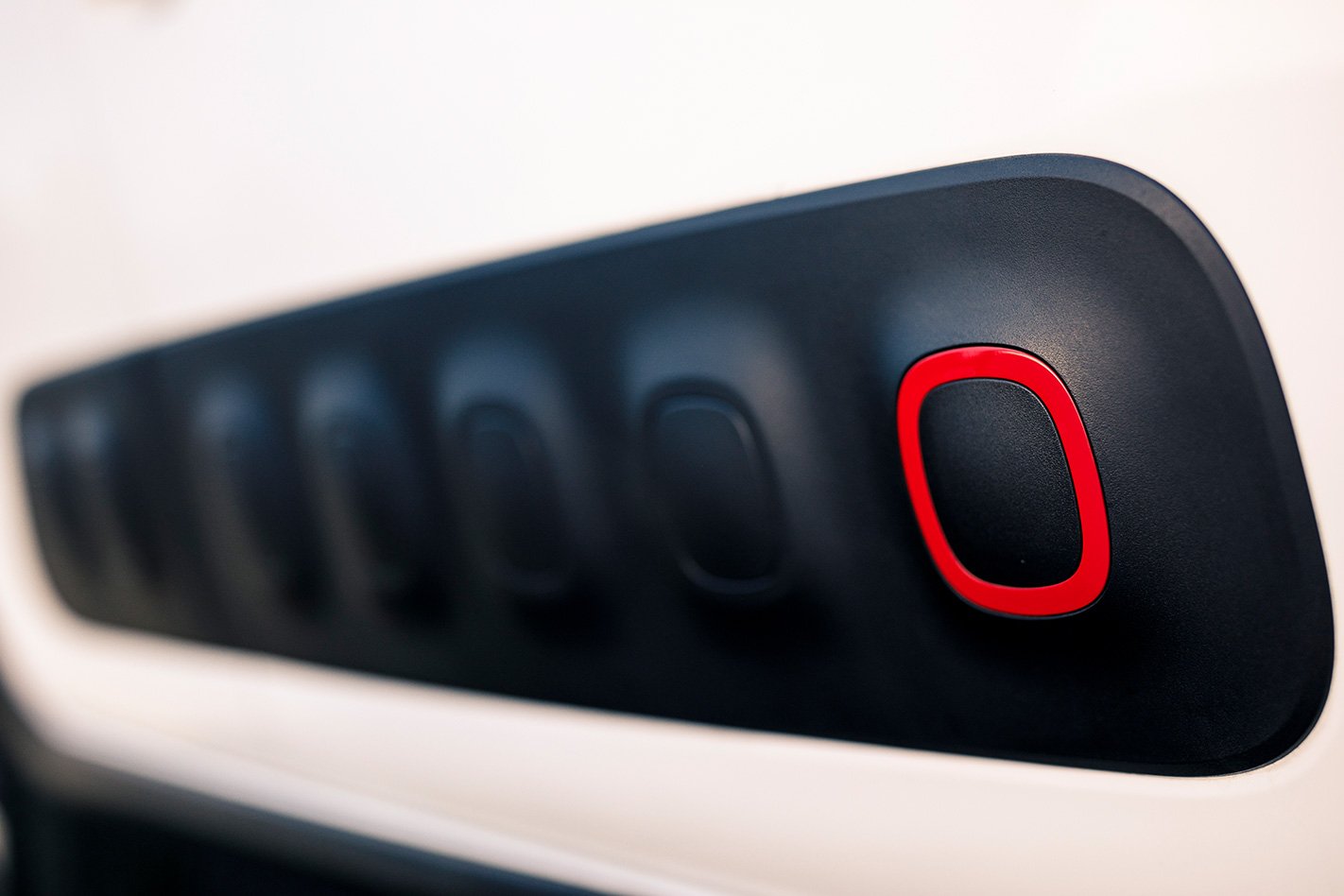
The interior is unsophisticated, but it’s such a hoot to drive, you probably won’t care. It’s a perky-looking thing that has real substance to it, although we wonder how many potential GLX Turbo buyers will prefer to migrate to the Swift Sport. As an exercise in creating a genuinely lightweight, efficient supermini, it’s one that earns serious kudos.
Nevertheless, it shouldn’t come as any great surprise that the best handling, most polished, most spacious, quickest, most economical and best value car wins this test. Yes, the Polo can be accused of a certain conservatism, but for many that’s exactly the appeal.
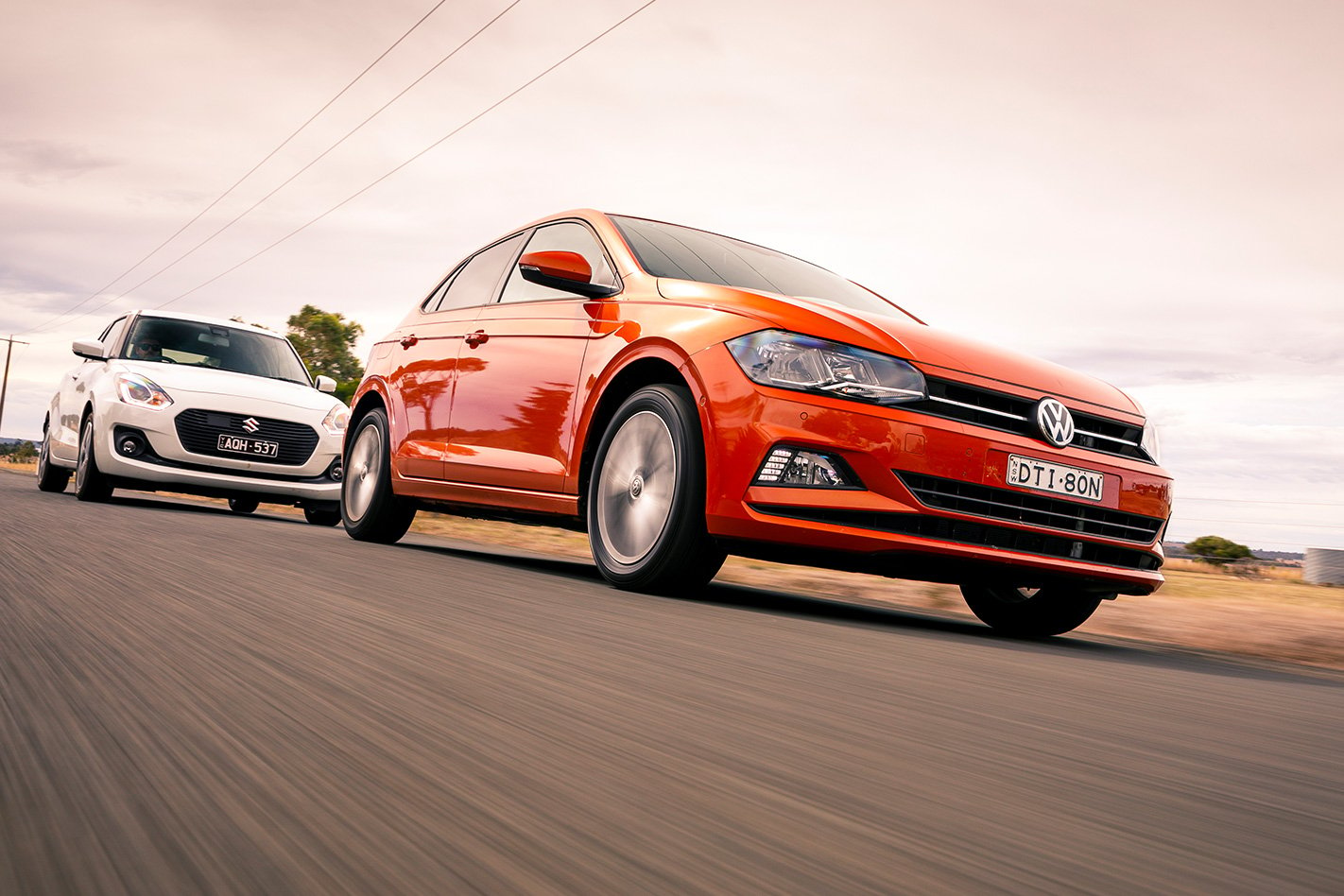
It’s a genuinely class act and puts clear air between itself and the next best. You’ll find joy in any of the ordinary cars here. But there’s only one car that truly transcends the ordinary and it’s Volkswagen’s jewel-like Polo Mk6.




